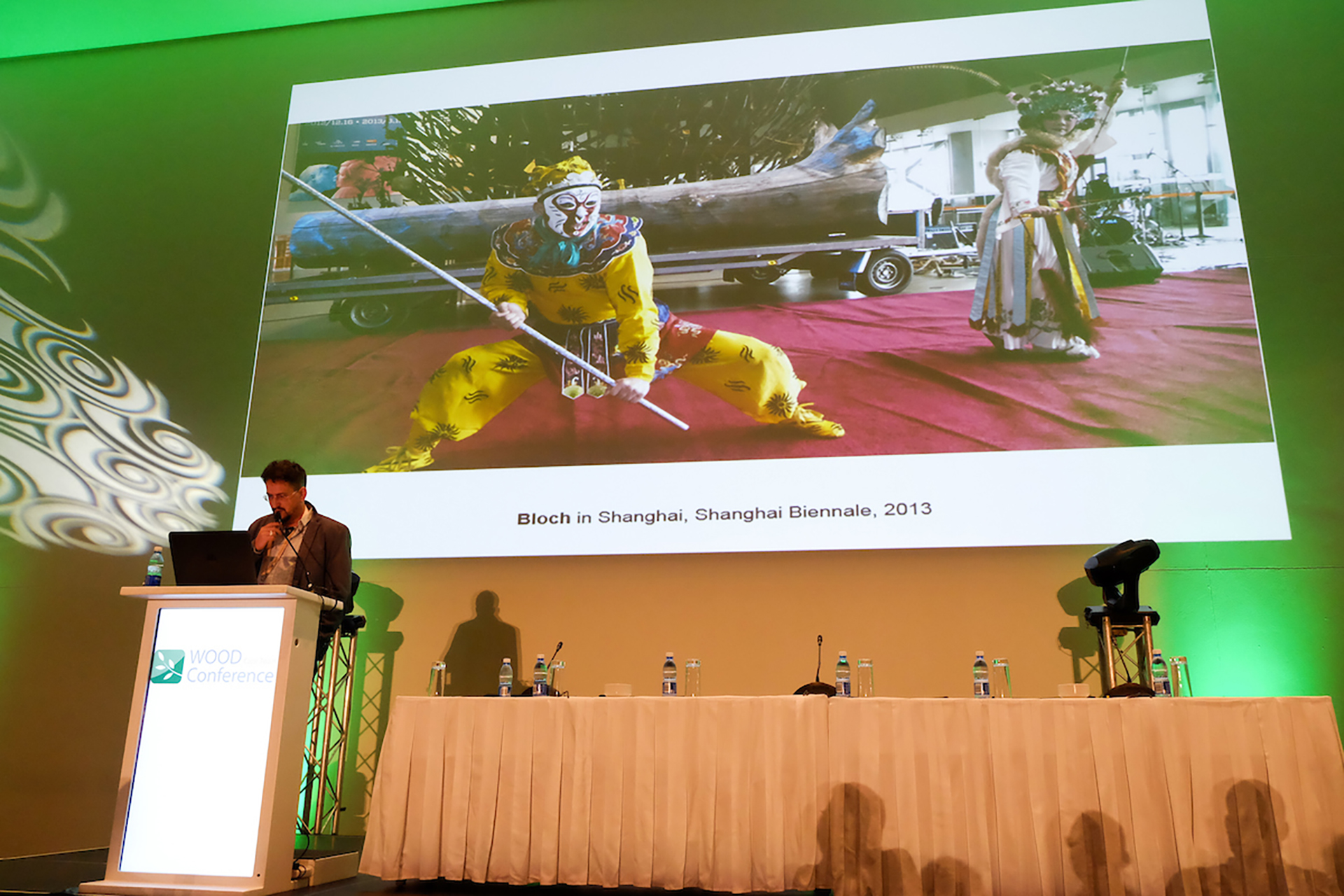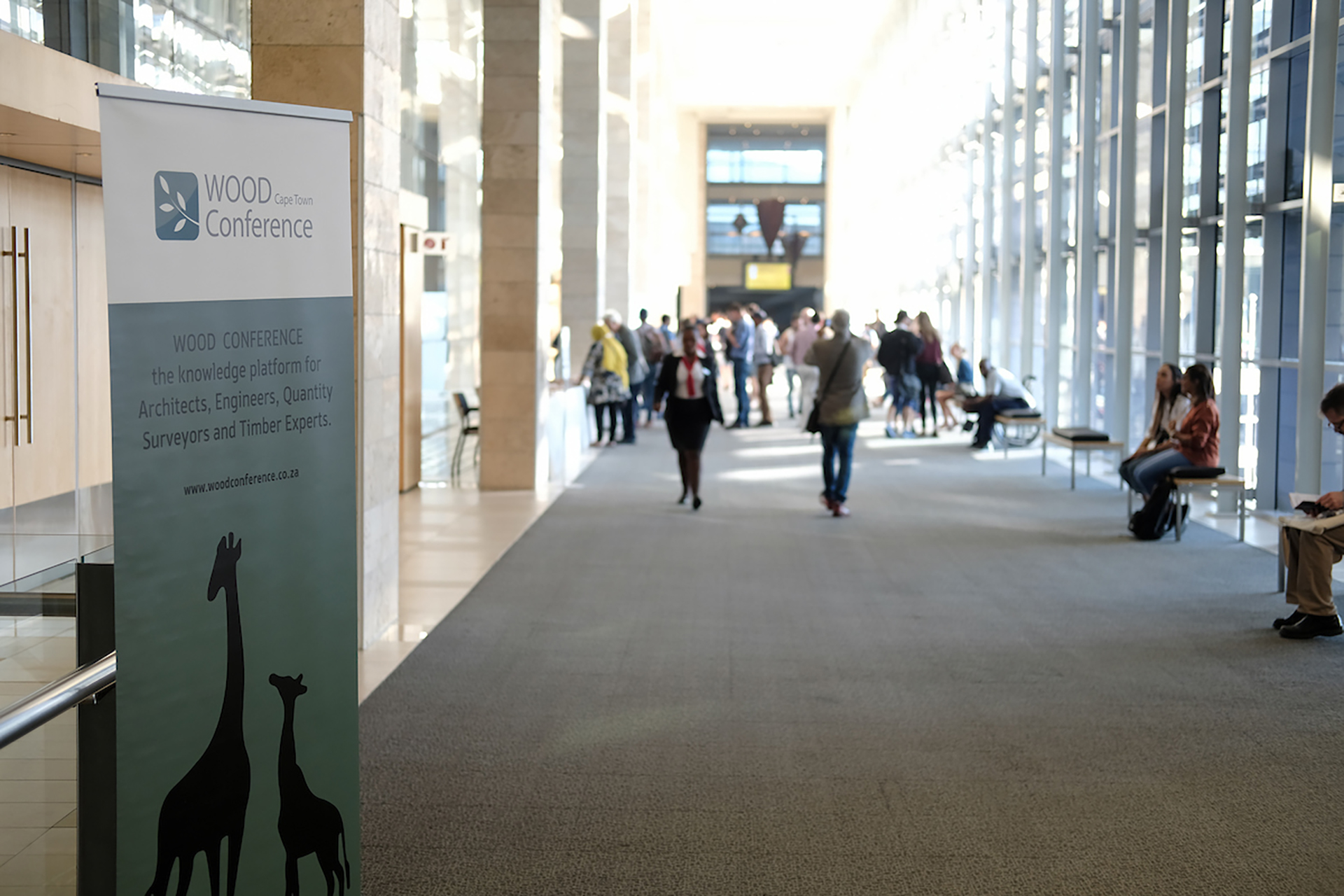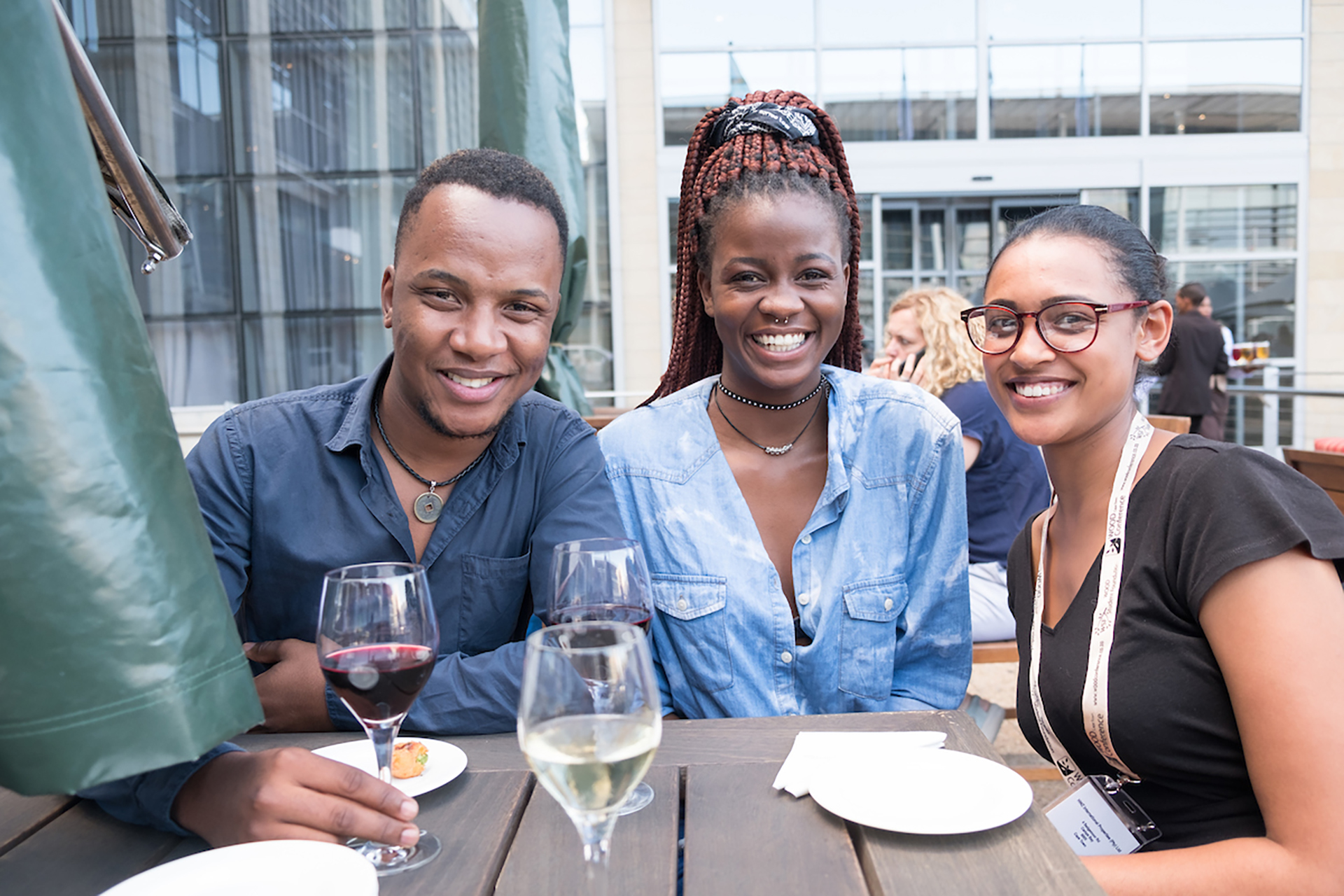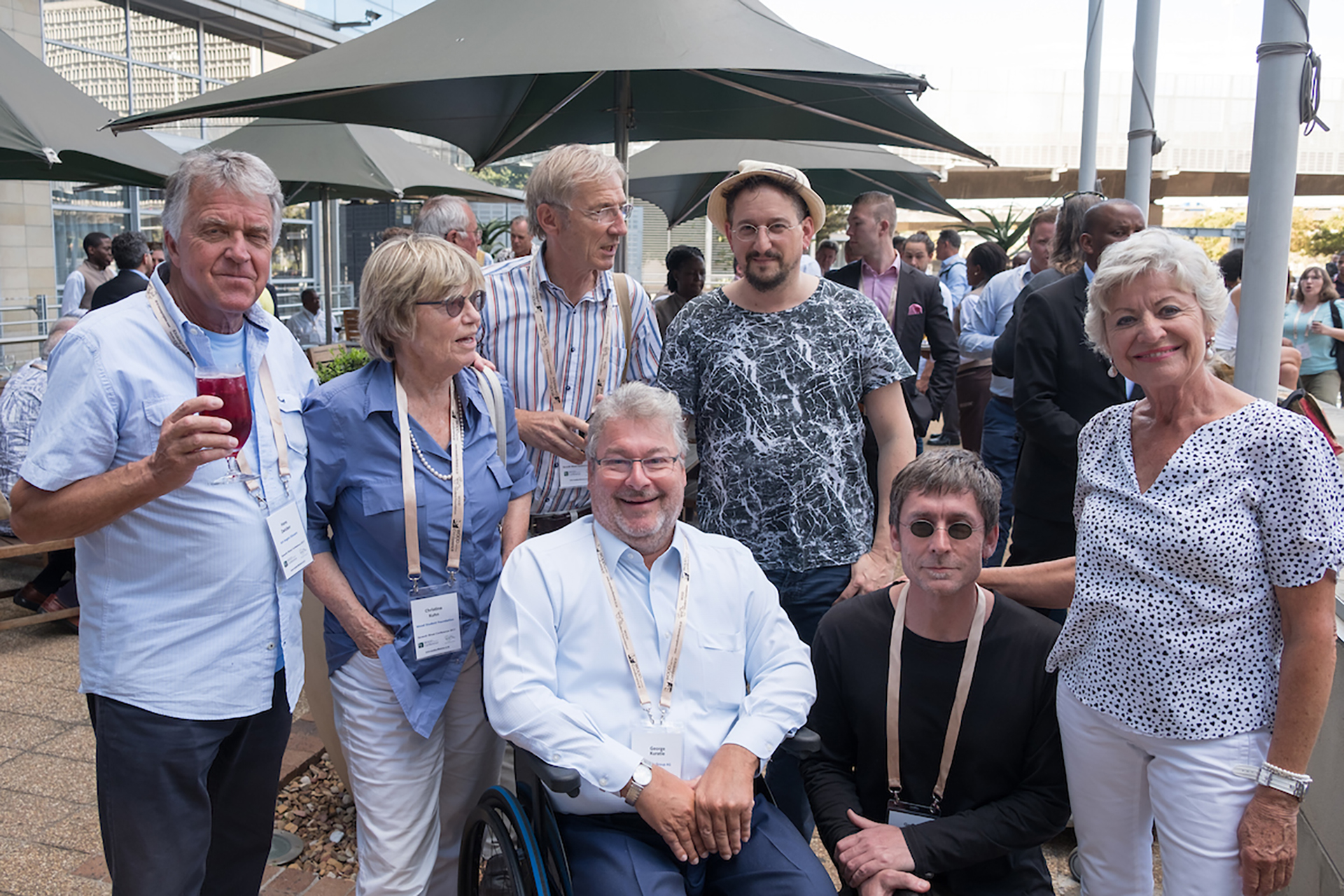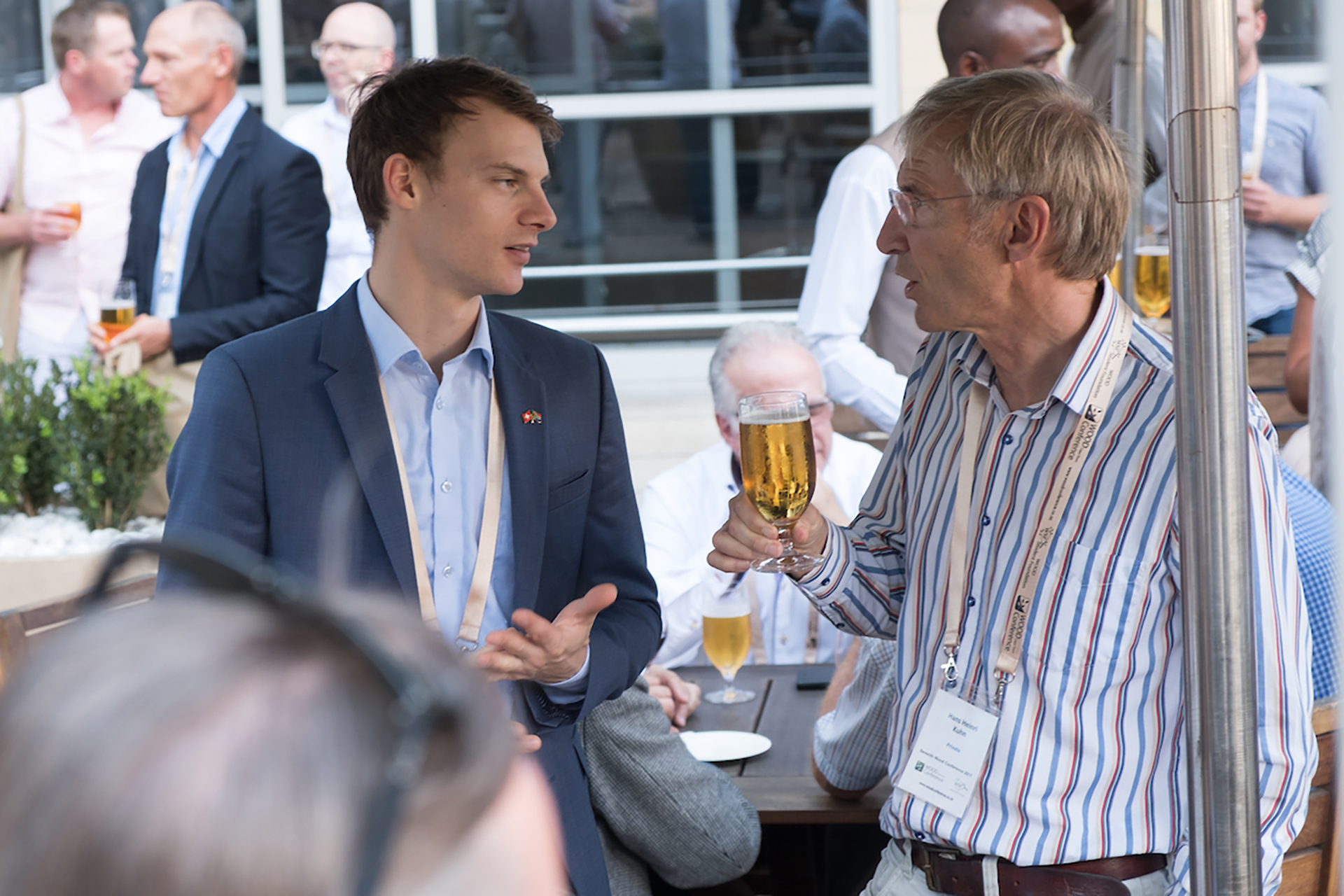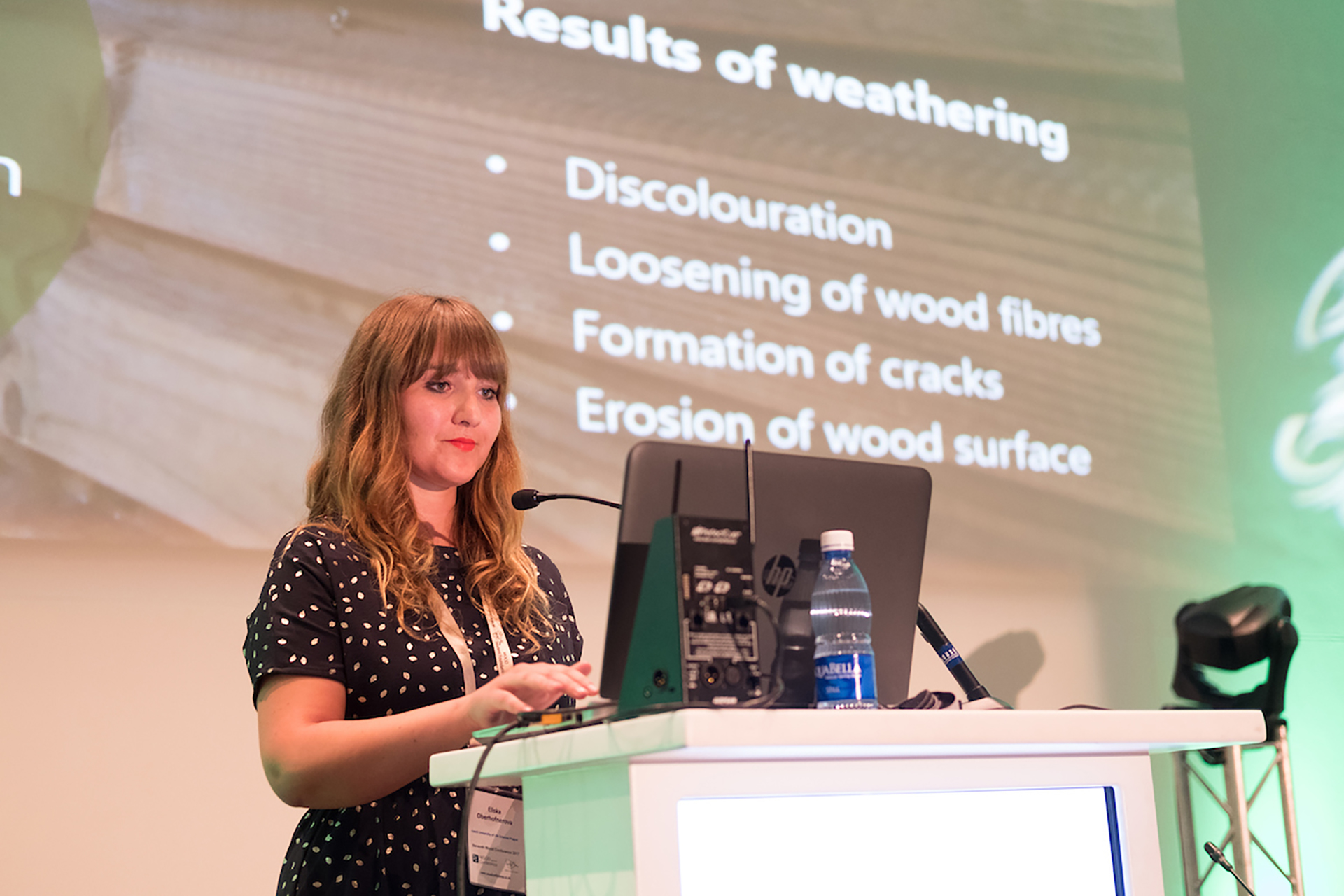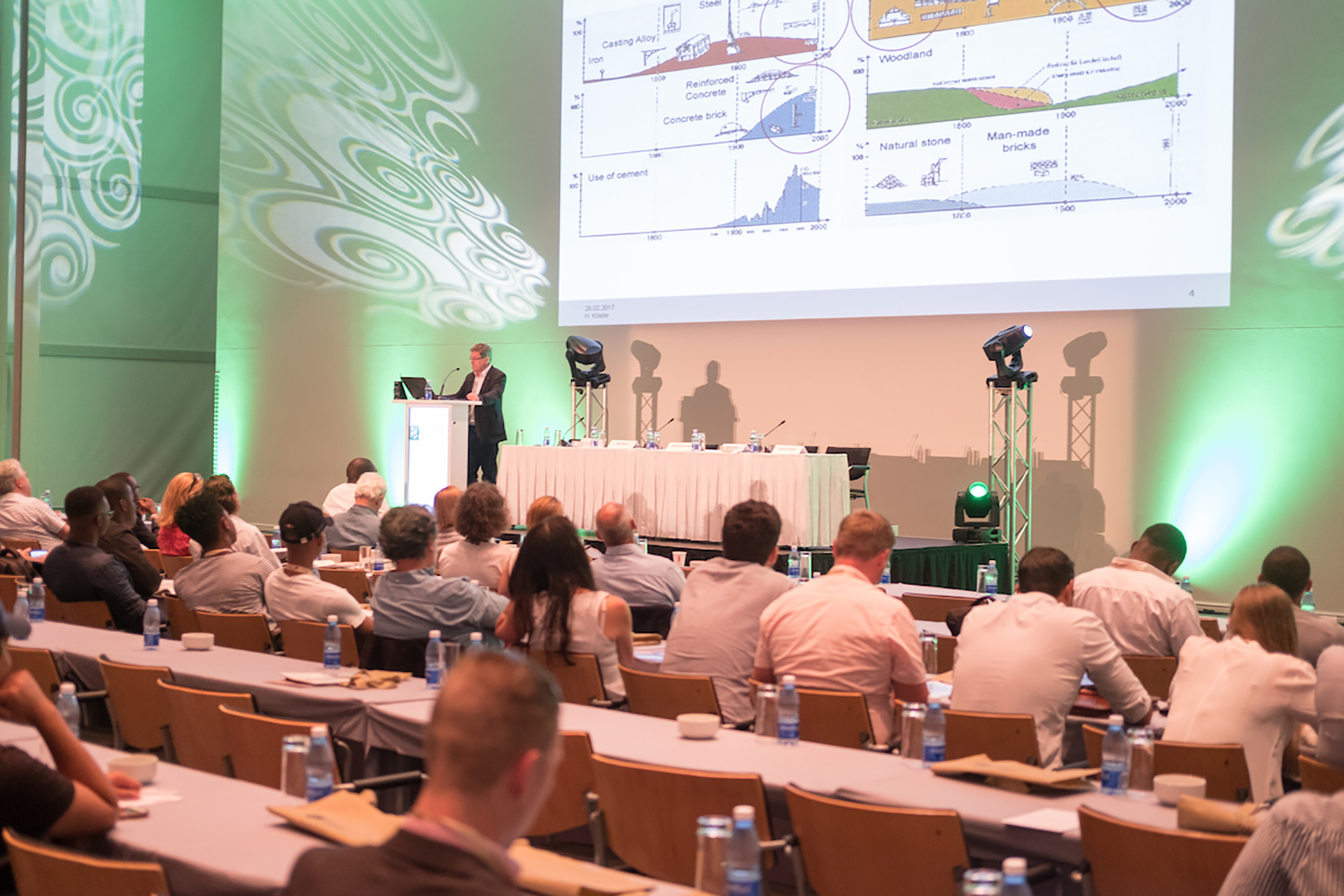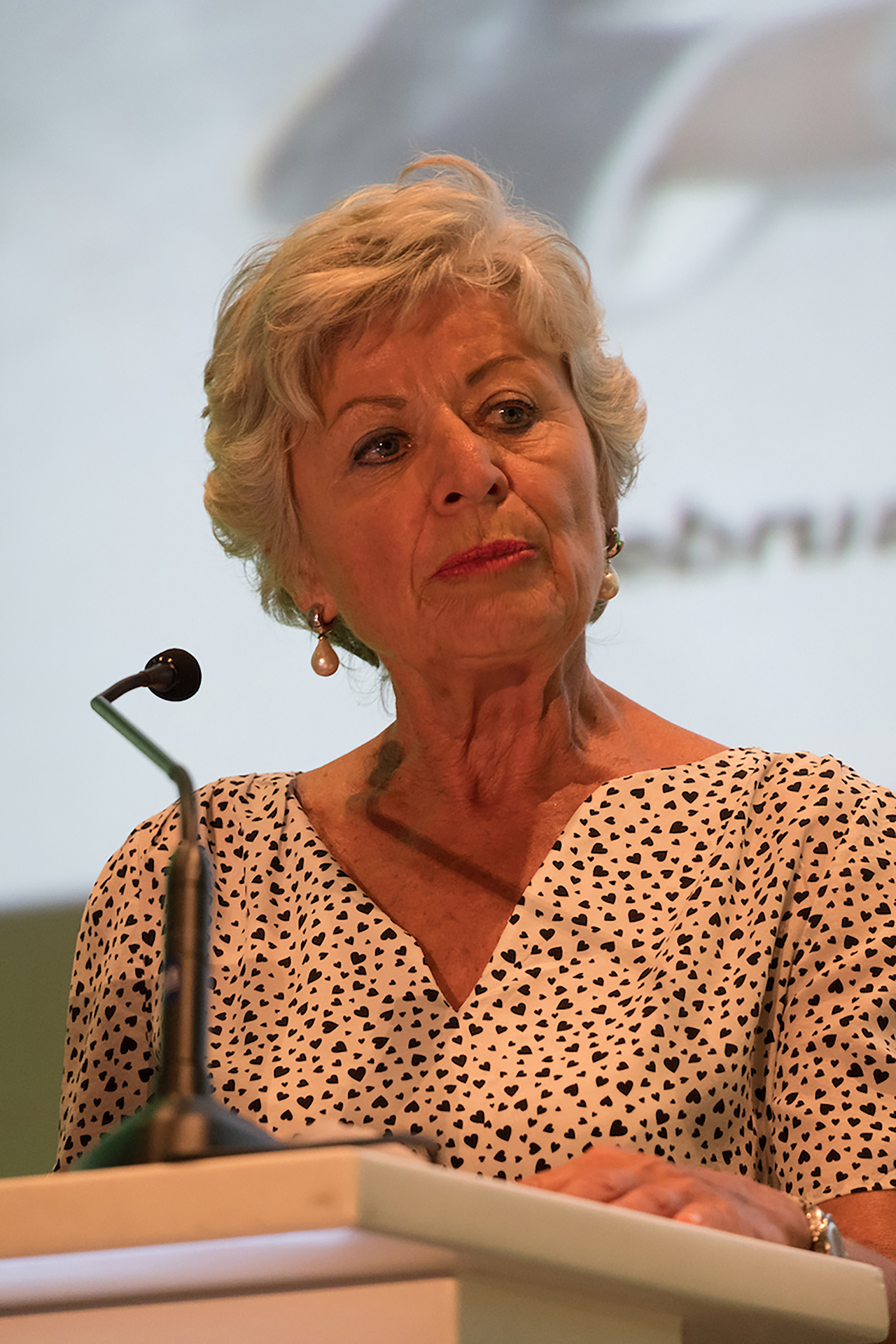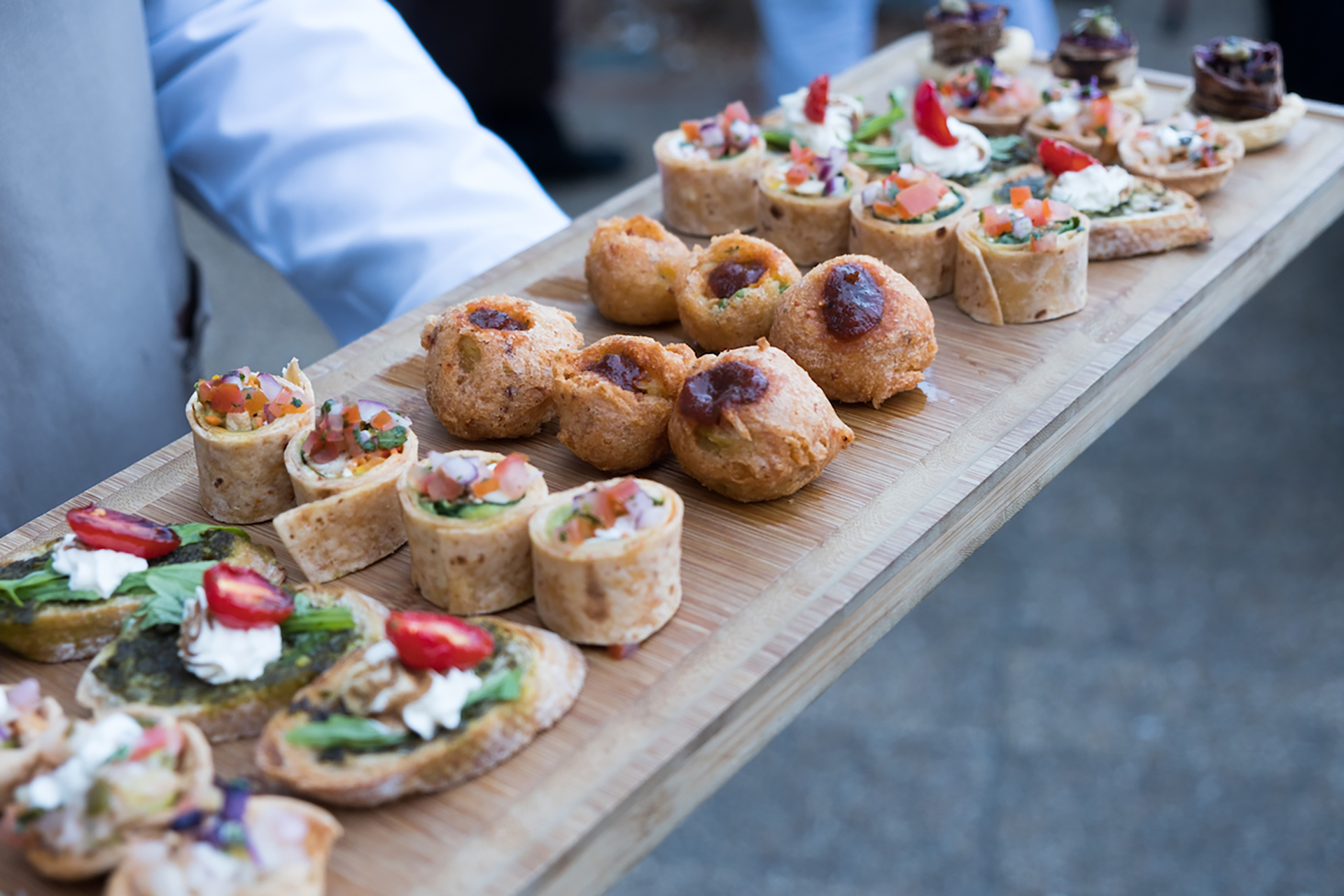The 7th Wood Conference draws record numbers
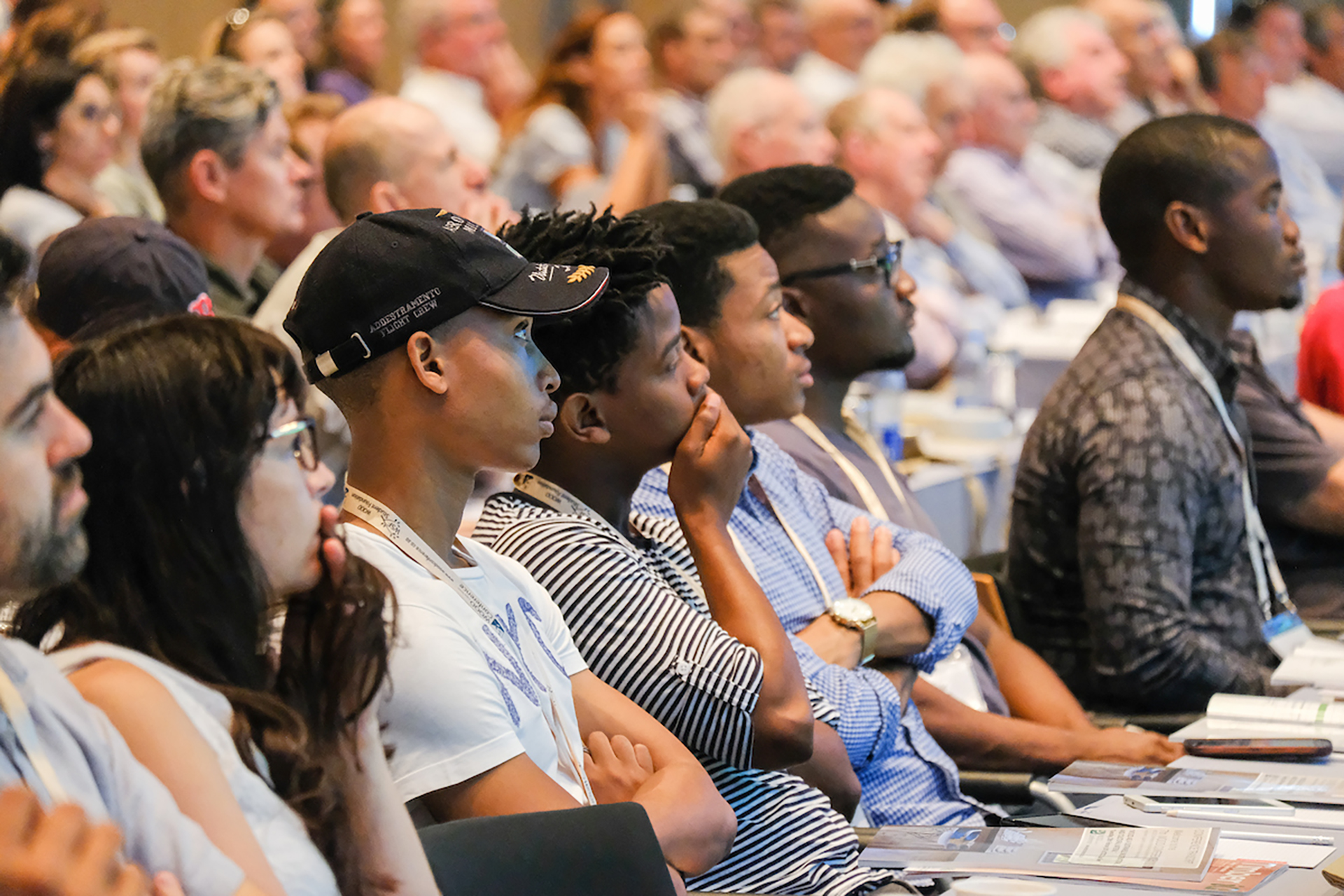
07.03.2017 WOOD Conference
The seventh Wood Conference took place in Cape Town on 28 February, drawing nearly 600 professionals to this high-class event to discuss this year’s theme – ‘Wood as a sustainable, multifunctional material’.
The Wood Conference once again took place at the Cape Town International Conference Centre (ITCC) with 564 delegates, ranging from students to architects to international suppliers. The conference, which offered delegates Continuous Professional Development (CPD) points, was once again organised by the capable Zaida Davids of HWZ International, who put in a great deal of effort to pull it all together.
Hannu Garny was tasked with the job of master of ceremonies and ensured that the day’s proceedings stayed on time. He introduced the speakers for the day as well, firstly welcoming Roger Kuratle to the stage.
“We have come a long way since we started the Wood Conference seven years ago,” said Roger Kuratle, head of corporate development of the Kuratle Group (the initiator of the Wood Conference), during his official opening address.
Kuratle renewed his organisation’s commitment to South Africa and their goal to support the local industry to grow and improve the wood-building sector. “We are here to stay for the long term,” said Kuratle.
It’s a tradition
Kuratle was followed by Bernadette Hunkeler Brown, consulate general of Switzerland, who handled the welcome address.
Her talk centred on tradition, saying that just like using wood is a tradition, so this conference has become one too. She shared various examples of how wood has been used throughout the ages, highlighting remarkable structures in our history. But we’ve come a long way since then, especially in terms of sustainability.
“In today’s world, it is ever more important (and quite possible) to come up with new applications through cutting edge technology,” said Brown. “The boundaries of what is possible using wood are being pushed by those in the industry.”
Timber and social innovation
Andre Eksteen, architect of Earth World Architects, addressed the fascinating topic ‘The role of the architect in the rapidly evolving technological landscape. Timber as a driver for innovation and democratic industrialisation’.
Eksteen shared some very interesting videos of ground-breaking technology that has been used across the world to develop incredible timber structures. He showed some very creative building methods for projects that are architecturally pleasing and unique, some even mimicking patterns in nature.
He looked at whether architecture still has a place in our complex social-political and technological landscape and whether it can be used as a tool to facilitate change and inspire social innovation. “Can creative intervention reconnect the complex networks, thus re-calibrating our relationship to, both our physical and virtual context?” he asked, providing some inspiring evidence in favour of his case.
A Swiss tree in Africa
There was much excitement over the arrival of the Bloch tree in South Africa and Johannes Hedinger, founder of Com&Com in Switzerland, took to the stage to explain the significance of this tree and why it is travelling the world.
Together with Marcus Gossalt, Com&Com has formed a trans-disciplinary project that combines contemporary art with traditional popular culture – Bloch, which aims to foster dialogue between people, sharing traditions, customs and stories for different cultures.
A ‘bloch’ is the lowest, branch-less piece of a large tree trunk. According to an Appenzell custom, bearing the same name, the stump of the last spruce to have been felled in winter is drawn back and forth between the two villages, Urnäsch and Herisau, by 20 men. At the end of this day-long procession, the Bloch is then auctioned off to the highest bidder in Urnäsch square. As a rule, someone from the region will acquire the Bloch and use it to produce a special piece of furniture or tiles and shingles. In 2011, Swiss art duo Com&Com was one of the first non-local companies to purchase a bloch tree trunk at a historic peak price of CHF3 000.
Since then, Bloch has been on its journey travelling around the world, making at least one stop in every continent. Its trip to South Africa marked its arrival in Africa, its fourth continent.
Hedinger showed some pictures of the Bloch’s adventures so far, taking everyone through the laborious task of getting it to South Africa and all the challenges involved.
Despite numerous setbacks, the Bloch finally arrived in Cape Town just in time for the Wood Conference and was on display across from the conference venue at the Westin hotel where local artists were engraving their mark into the trunk.
After the conference, delegates were invited to a welcome reception at the Westin in celebration of the Bloch. Local musicians were playing in front of the tree and a festive atmosphere concluded the busy day.
Democratic building material
Before the coffee break, architect Richard Stretton showcased a variety of interesting projects done in timber (local and international). His theme was ‘Timber – the democratic building material’ and he explained how timber is an accessible building material.
Stretton believes there is a lot more we can be doing with timber, especially in the affordable housing sector. “South Africa is way behind in timber construction but we have the advantage of being able to learn from the rest of the world. It would be easy to start,” he said. “Timber is the future of architecture in South Africa.
Certification
After the break, Abe Stears of the South African Technical Auditing Service (SATAS), an accreditation authority currently holding certification for 75% of the locally manufactured structural timber. Stears spoke on ‘The importance of certification on imported timber’, addressing the issue of confusion between certification and accreditation.
Manufacturers now have a choice which certification body and test facility to use and they must take responsibility for this, Stears explained.
He also touched on the importance of imports and a comparison between South African structural timber grades and European ones.
Treatment
Bruce Breedt, executive director of the South African Wood Preservers Association (SAWPA), addressed delegates on ‘The importance of treatment on local and imported timber’. He looked particularly at timber preservation and the difference between locally grown and imported structural timbers.
After touching on the species differentiation and characteristic differences specific to treatment, he also looked at current regulatory and compliance requirements in South Africa.
Busting timber myths
Ben Paine of Log Homes considered why timber isn’t more popular locally in his talk ‘Misconception on timber housing in South Africa’.
He tackled the main misconceptions currently in the market around building with timber, busting the myths with examples and facts/reason.
From timber being a perceived fire risk to people thinking it’s poorly insulated and an inferior building method, Paine busted all the myths, explaining why building with timber is actually a great choice.
Pre-manufacturing
Pietro Russo, local architect, looked at ‘The art of pre-manufacturing the future’, tackling the topic of modular housing and prefabricated timber structures.
“In recent years, the prefabrication of homes off-site has become one of the most promising developments,” said Russo. “All over the world, developers have begun to adopt this process with the goal of revolutionising housing.”
From simple trailers and cottages, prefab homes are now taking the designer route and are fast becoming known as ‘the next big thing’. He ran through some interesting projects, showing just what is possible with modular housing and highlighting the advantages of going this route.
A question and answer session followed, allowing delegates to interact with the speakers of the day.
After this it was time for lunch and networking.
Student timber structures
After lunch, Barry Muller, Wood Technology lecturer of Nelson Mandela Metropolitan University (NMMU)’s George campus, shared some projects designed by his students. His talk centred around his experience of training students to use wood in timber structures. He explained how some of them designed their first structures using basic Excel!
His presentation discussed the importance of training students, the future decision makers, in the correct use of timber in structures. His course is very practical and hands on and the students have built some interesting projects over the years.
Largest world skier
Jiri Oslizlo, CEO of Novatop, shared his experience of working with the Kuratle Group to put together the 62” tall wooden installation of a skier at the World Championships on Alpine skiing in St Moritz.
This incredible structure relied on the latest technology to design, cut and transport the various pieces of the sculpture which had to be put together in record-time as well to be ready in time for the event.
Oslizlo, with the help of Roger Kuratle showed some pictures of the various stages of the project to highlight just what an incredible feat this was!
Degradation of wood
Next up was Eliska Oberhofnerova of the Czech University of Life Sciences Prague’s Faculty of Forestry and Wood Sciences. Her topic ‘Surface degradation of wood exposed to external conditions in South Africa’ looked at the Hout Bay House research project to see how the material has fared after exposure to the elements.
She explored the building materials and methods used in this project and the implications of this on the weathering of the structure over a nine-month period. With the use of graphs and charts, she explained the results that compared the treated samples with the untreated ones.
The result? “The treated samples showed significantly more stable results than the untreated ones after nine months of weathering as expected,” she concluded.
Prefab and innovation
The last official speaker of the day was Professor Heinrich Köster, board member of the Wood Construction Forum in Germany. His topic was ‘Prefabrication of wooden buildings: innovation in the areas of production and logistics’.
He looked at the potential of prefabrication, looking at the benefits that come with building this way – in particular wood construction. Prof Köster also considered more technical detail on how to start with prefabrication and what technology is available.
“Prefabrication is the only way to increase the productivity in the construction of wooden buildings,” he said. “Prefabrication has higher requirements in terms of planning and order preparation but the benefits a company can gain from this method is worth it.”
In conclusion
The speakers each received a token of appreciation for their involvement and at the end, the Kuratle family said a few words to thank Zaida Davids for her hard work in putting together the conference.
The formal presentations were followed by a few words by Elke Zwicker on her Ark Angels Educare project in the informal settlement of Overcome Heights. She invited the industry to get involved in this community project which aims to build a new day care for about 80 to 100 children on a piece of land they have obtained.
Afterwards, Peggy Sithole took a few minutes to introduce the Wood Student Foundation (WSF). In 2012 the WSF was founded with the aim to encourage students’ knowledge as how to deal intensively with all aspects of promoting wood construction in a master’s or bachelor’s level with the solicitation of a theoretical essay/thesis, before delegates enjoyed a buffet lunch and networking opportunity to end off the day. “We have a lot to work to be done and we’d like students to get involved,” said Sitole.
The conference then officially closed and delegates were invited to view the Bloch tree at the cocktail reception at the Westin.
Later the evening, the VIP dinner was held at The Cullinan hotel to thank the team and speakers for pulling off another great conference.
Until next year.
TIQ APRIL MAY 2017
Contact us
For more information, please contact:
Zaida Davids, event organiser
Wood Conference
+27 (0) 21 438 9221 | +27 (0) 76 401 9120 | capetown@hwzinternational.com
www.woodconference.co.za
